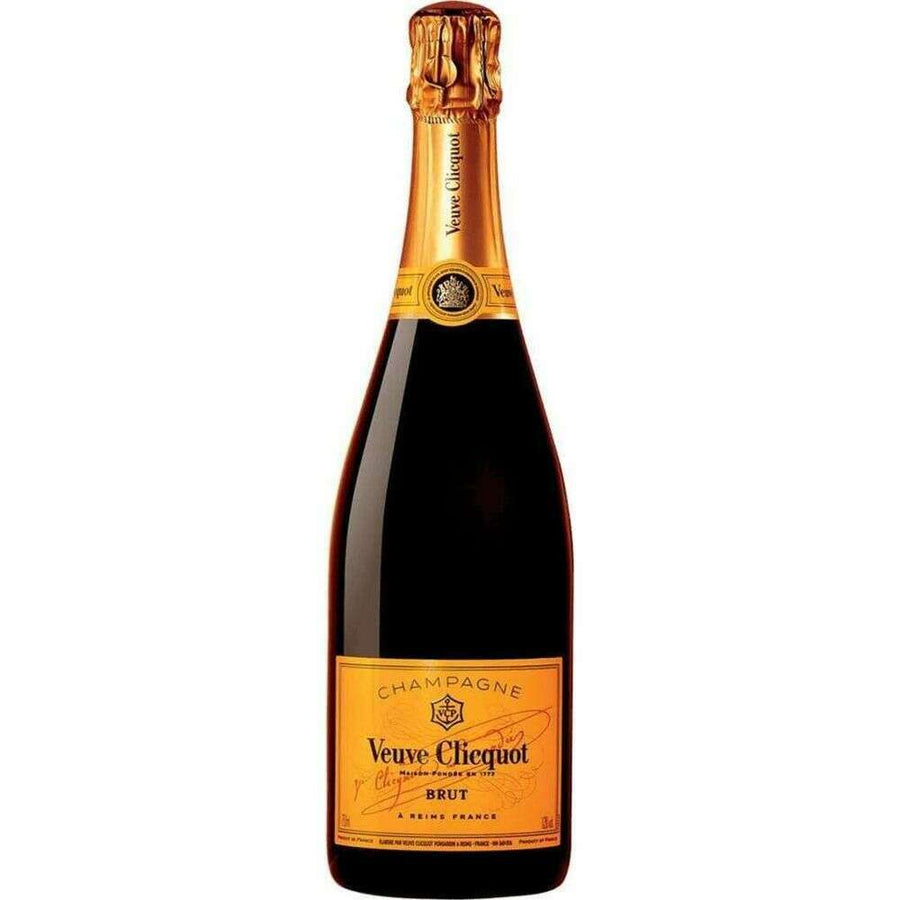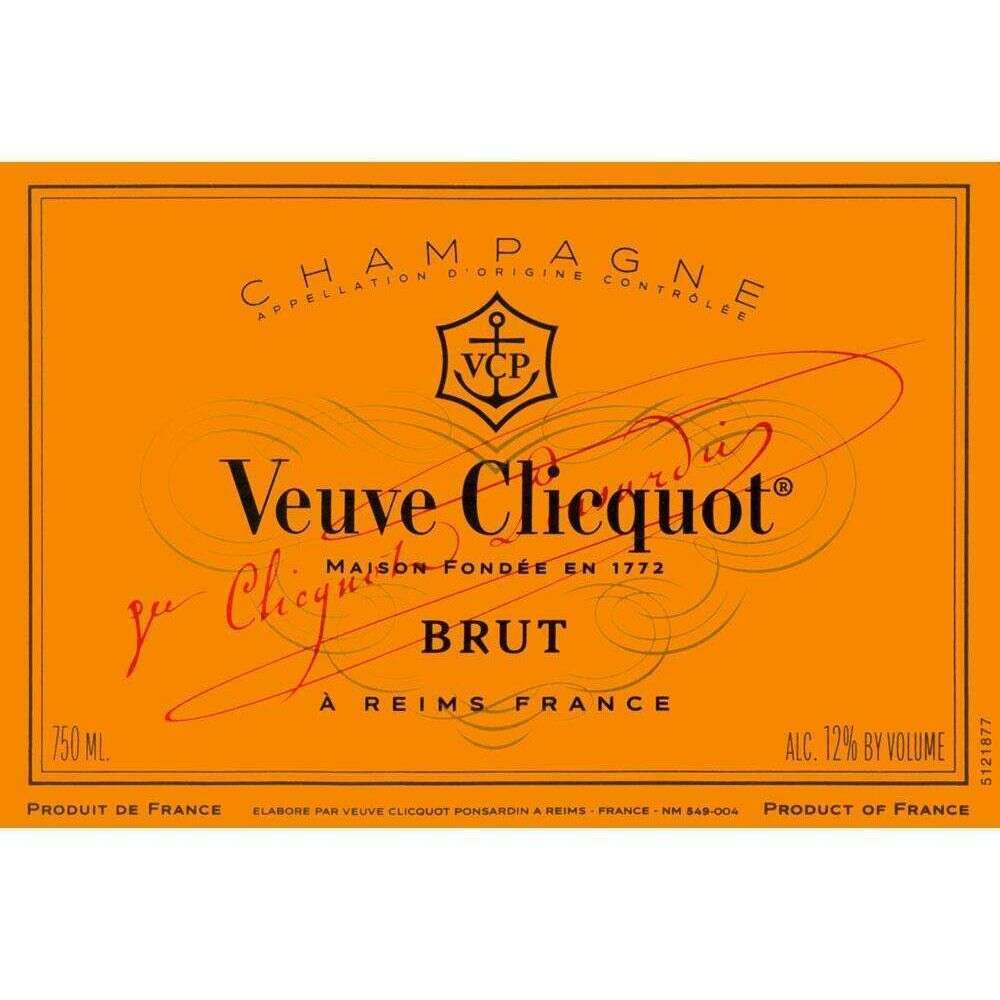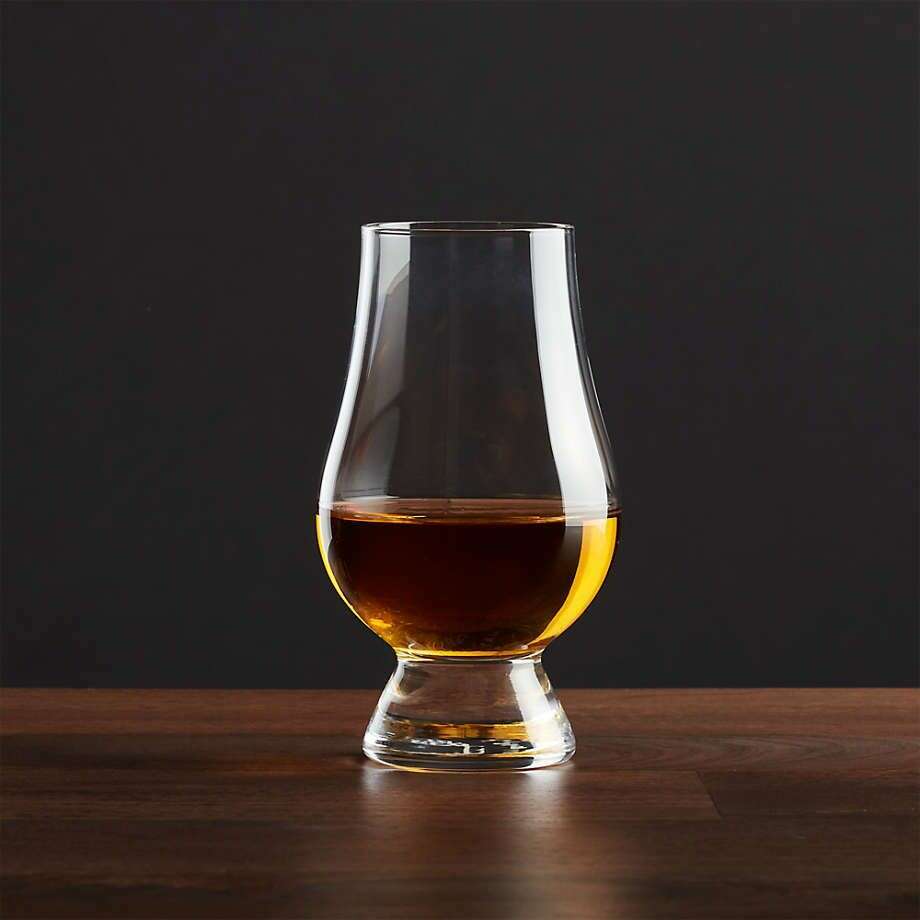The Robert Foley Cabernet Sauvignon Napa Valley is a masterful expression of Napa's celebrated terroir. Expertly crafted by renowned winemaker Robert Foley, this 100% varietal Cabernet combines the bold character of high-elevation vineyards with the lush, approachable fruit from lower Calistoga blocks. Bursting with rich notes of black cherry, cassis, and dark chocolate, the wine is accented by subtle hints of cedar and camphor. Its full-bodied structure is perfectly balanced with silky tannins and vibrant natural acidity, delivering a seamless and elegant finish. Highly collectible and critically acclaimed, with ratings beyond 90 points, this wine is ideal for aging up to 15 years, offering unparalleled complexity and sophistication for Cabernet enthusiasts.
Process & Profile
Robert Foley Cabernet Sauvignon is crafted with precision, blending grapes from ridge-top mountain vineyards and the rocky soils of Calistoga in Napa Valley. This unique terroir allows for a harmonious balance between structure and lushness. High-elevation vineyards contribute vibrant acidity and forest-born spiciness, while warmer low-elevation zones add richness and velvety textures. Made from 100% Cabernet Sauvignon, this wine exhibits a bold yet balanced character with natural grape acidity and silky tannins.
Tasting Notes
Prepare for a sensory experience that captivates the palate. Aromas of cassis, black cherry, and currant mingle with hints of graphite, cedar, and camphor. The palate bursts with flavors of dark chocolate, ripe plum, and mocha, framed by subtle accents of menthol and toasted oak. The finish is long, elegantly dry, and beautifully balanced, highlighted by fine-grained tannins that promise aging potential of up to 15 years.
What Makes It Special
Robert Foley's Cabernet Sauvignon is a testament to craftsmanship and Napa Valley's winemaking excellence. Known as one of the most collectible and celebrated Cabernets from the region, it encapsulates the passion and expertise of winemaker Robert Foley, often hailed as "The God of Cabernet." This wine's hallmark is its seamless integration of bold mountain intensity with a lush and approachable profile—an achievement few can rival.
How to Enjoy
Elevate your dining experience by pairing this Cabernet Sauvignon with hearty dishes like grilled lamb, beef Wellington, or braised short ribs. For a vegetarian pairing, consider mushroom risotto or eggplant parmesan. Serve slightly below room temperature, around 60-65°F, to enhance its intricate bouquet. If aged, decant for at least 30 minutes to unveil its full complexity. Whether enjoyed now or cellared for a special occasion, it is a wine crafted to impress.
A bottle of Robert Foley Cabernet Sauvignon is more than a wine; it's a journey into the heart of Napa Valley's winemaking artistry.
Frequently Asked Questions
What is the flavor profile of Robert Foley Cabernet Sauvignon?
Robert Foley Cabernet Sauvignon showcases a complex flavor profile with notes of blackcurrant, ripe plum, black cherry, and subtle licorice, complemented by hints of cedar, mocha, and espresso. These layers provide a bold and structured tasting experience, marked by fine tannins and a long, elegant finish.
Where is this wine produced?
This wine is produced in Napa Valley, California, specifically in hillside vineyards like Howell Mountain, which feature volcanic soils and high elevations. These conditions enhance the concentration of aroma, flavor, and color, creating an expressive and age-worthy wine.
What makes Napa Valley ideal for growing Cabernet Sauvignon?
Napa Valley offers a temperate climate, volcanic soils, and a range of elevations ideal for Cabernet Sauvignon. The region's unique terroir allows for slow grape ripening, maintaining acidity and developing complex flavors. Additionally, volcanic soils impart an earthy, "dusty" minerality that distinguishes Napa Cabernet from wines from other regions.
Who is Robert Foley, and what is his winemaking legacy?
Robert Foley, known as “Bob,” began his winemaking career in Napa Valley in 1977 and has worked with iconic wineries such as Pride Mountain Vineyards, Hourglass, and Markham. Over the years, he has developed a reputation for crafting expressive, high-quality wines that reflect Napa's unique terroir. His eponymous brand focuses on bold, flavorful wines with elegant finishes.
How long can Robert Foley Cabernet Sauvignon be aged?
Robert Foley Cabernet Sauvignon is crafted for longevity and can typically be aged for 10–15 years, or even longer in optimal conditions. Its acidity, tannins, and concentrated flavors develop beautifully over time.
What foods pair best with Robert Foley Cabernet Sauvignon?
This wine pairs exceptionally well with rich and hearty dishes. Ideal pairings include grilled or roasted meats, such as steak, lamb, or beef short ribs, as well as dishes with savory, umami flavors, like mushroom risotto or aged cheeses.
What distinguishes hillside Napa Cabernets, such as Robert Foley's, from valley floor wines?
Hillside Cabernets, like those from Howell Mountain, are known for their bold structure, minerality, and higher tannin content. These wines often exhibit concentrated flavors due to smaller grape berries grown under variable hillside temperatures. In contrast, valley floor wines are typically more lush and fruit-forward with softer tannins.
What makes Robert Foley Cabernet Sauvignon unique?
Robert Foley Cabernet Sauvignon stands out for its intense concentration and balance, which result from meticulous vineyard management and traditional winemaking techniques. The use of mountain-grown grapes and Foley's attention to detail create a wine known for its boldness, complexity, and elegance.
Does this wine use sustainable practices in winemaking?
Robert Foley Vineyards employs hands-on, vineyard-focused practices to ensure the highest quality fruit, reflecting a commitment to sustainable and responsible winemaking.
Can I visit the winery for a tasting?
Yes, Robert Foley Vineyards allows visitors to taste its wines by appointment. Guests can experience a range of wines crafted by Bob Foley and gain insight into his winemaking process from hillside vineyards in Napa Valley.








